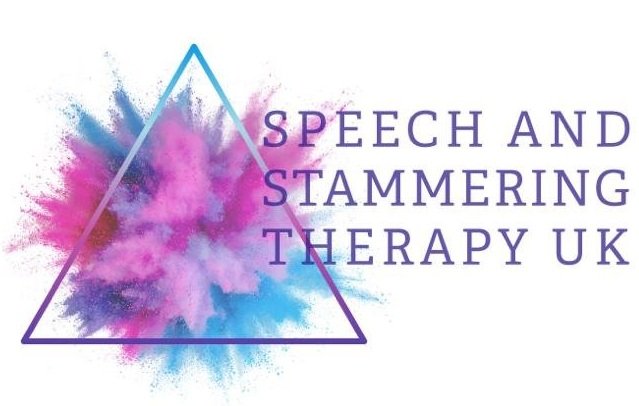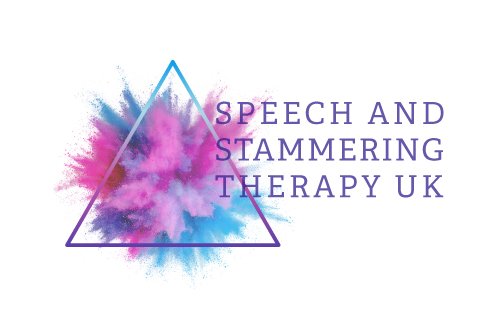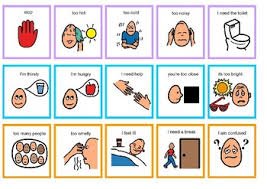Book of the Week: Stammering Pride and Prejudice
Stammering Pride and Prejudice: Difference not Defect by Patrick Campbell and Christopher Constantino is a thought-provoking book that challenges traditional perspectives on stammering (often referred to as stuttering). The book argues against viewing stammering as a disability or a problem that needs fixing. Instead, it presents it as a unique way of speaking that should be accepted and valued as part of human diversity.
The authors, both of whom have personal experiences with stammering, weave together a variety of essays that explore the societal, cultural, and personal impacts of stammering. They advocate for a shift in how society perceives speech differences, promoting pride in stammering. The book critically examines the prejudice that people who stammer often face and suggests that these attitudes are more disabling than the stammering itself.
Through personal narratives, academic research, and philosophical inquiry, "Stammering Pride and Prejudice" encourages readers to reconsider the implications of striving for fluency and the value of embracing speech diversity. It is a call to action for more inclusive attitudes and a deeper understanding of what it means to speak differently.
Using symbols to develop language skills
I often get asked by parents whether they should use pictures to help their child’s communication, there seems to be a concern that if they use pictures their child won’t speak. I reassure parents that yes do use symbols to support your child’s communication as it won’t hinder their language development and in actual fact it will help it. This is such an important message for parents and educational settings and it is often very misunderstood. Still not sold? Here is some research to tell you more about how and why it really does help…
I often get asked by parents whether they should use pictures to help their child’s communication, there seems to be a concern that if they use pictures their child won’t speak. I reassure parents that yes do use symbols to support your child’s communication as it won’t hinder their language development and in actual fact it will help it. This is such an important message for parents and educational settings and it is often very misunderstood. Still not sold? Here is some research to tell you more about how and why it really does help…
The study "Learning Model of Picture Symbols in Improving Language Skills in Early Children" by J. I. Dengah and J. I. Dengah, conducted in 2019, explores the effectiveness of using picture symbols to enhance language skills among early childhood learners. The researchers implemented an action research method over two cycles, utilizing picture symbols as a medium for language development in young children.
Key findings from the study include:
- **Improvement in Language Skills**: The use of picture symbols significantly improved the children's language outcomes across both cycles of the intervention. The children showed increased learning outcomes and developed better language skills as the study progressed.
- **Engagement and Activeness**: The intervention demonstrated a high level of engagement among the children, with 100% of the participants actively involved. This high engagement was crucial in facilitating the observed improvements in language skills.
- **Effectiveness of the Symbol Method**: The study concluded that the symbol method is an effective tool for improving language skills in early childhood. It supports the development of listening and comprehension skills through interactive and visually stimulating learning materials.
Overall, the study provides evidence that integrating picture symbols into early childhood education can be a beneficial strategy for enhancing language development, especially in listening and comprehension skills. You can access more details of the study here: [(Dengah & Dengah, 2019)]
Stammering: Latest Research…
Understanding the Hidden Struggles: Children Concealing Stuttering
So much is changing in how Speech and Language Therapists work with people who stammer, and continues to change. We are opening our eyes to what we can do to support people who stammer, and what can be harmful. A recent study, as summarised here, highlights how mindful we must be when working with people who stammer, of the potential damage our well meaning ‘support’ can do.
Understanding the Hidden Struggles: Children Concealing Stuttering (Gerlach-Houck, Kubart and Cage, 2022)
In a society where fluency is often equated with confidence and competence, stuttering can pose significant challenges for children and young people. A recent study delved into the experiences of adults who stutter, shedding light on the complex journey of concealing stuttering in childhood and adolescence.
Purpose and Method: The study aimed to explore the experiences of concealing stuttering in children and young people, as recounted by adults who stutter. Thirty adults, who either currently or previously concealed their stutter, participated in in-depth interviews. Researchers employed purposeful and random sampling to capture diverse perspectives, using reflexive thematic analysis to identify recurring themes and subthemes.
Key Findings: The findings unveiled a poignant narrative of concealing stuttering, with all participants reporting initiating this behavior at 18 years old or younger, and the majority starting during elementary school. Participants attributed their inclination to hide disfluencies to societal stigma surrounding stuttering and traumatic social encounters at school. Many described concealment as a defense mechanism against discrimination, emphasizing the importance of protecting themselves from stigma.
Interestingly, several participants criticized fluency shaping techniques, likening them to teaching concealment and viewing them as harmful. Instead, they advocated for speech therapists to create safe and supportive environments in schools, addressing the social and emotional challenges of speaking differently and navigating stigma.
Implications and Conclusion: The study highlights the hidden struggles of children concealing stuttering, illuminating the isolating and confusing nature of this experience. It underscores the pivotal role of speech therapists in fostering inclusive school environments and addressing the psychosocial needs of children who stutter. By promoting acceptance and support, therapists can empower children to embrace their voices and navigate the complexities of stuttering with confidence.
In essence, the study urges society to recognize and validate the experiences of those who stutter, advocating for a more inclusive and understanding approach to communication differences in educational settings.




